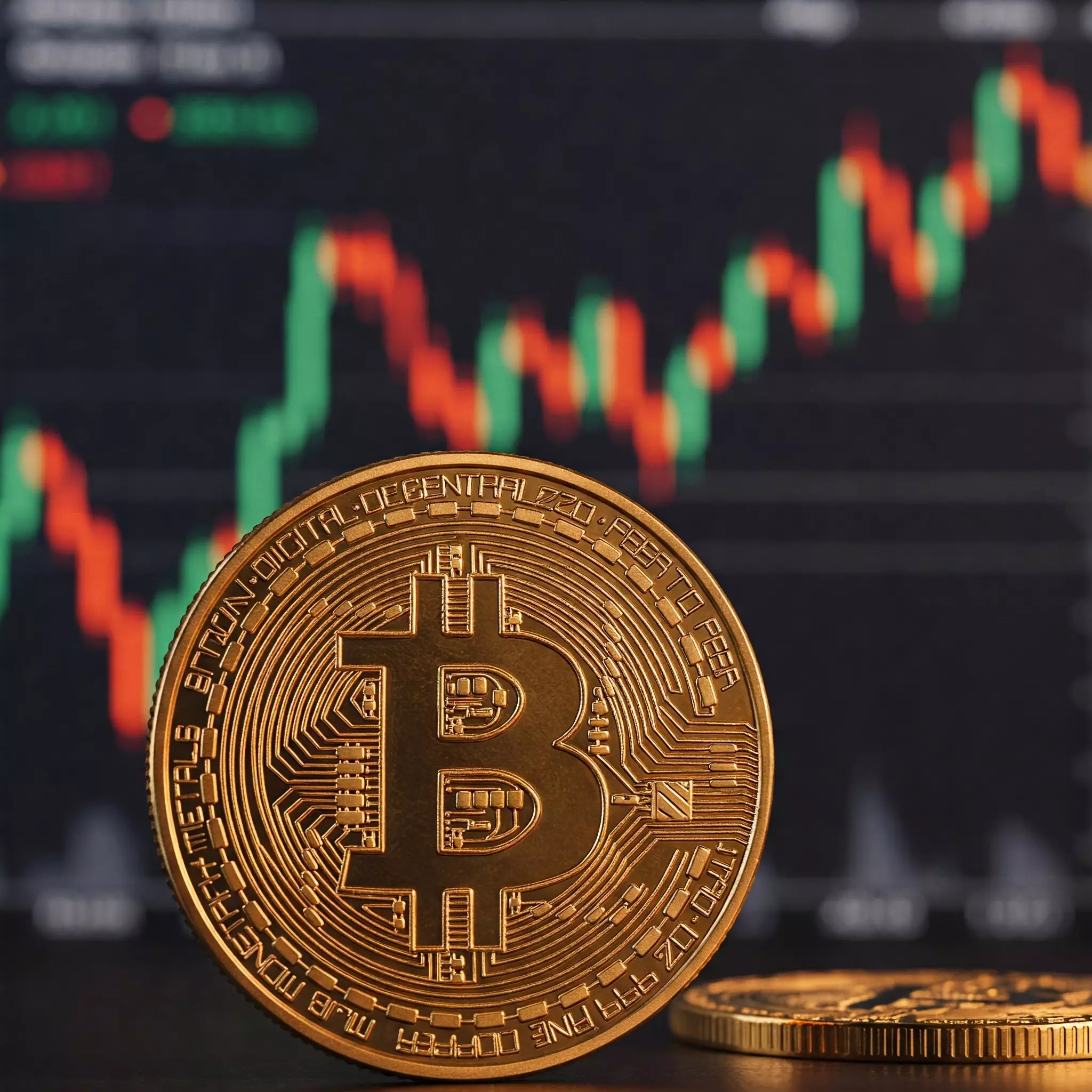The cryptocurrency market is not merely a playground for speculative investors; it is increasingly becoming a domain of institutional engagement. Recent reports indicate that a staggering 76 new institutions holding over 1,000 BTC have entered the fray within just two months. This isn’t just an innocuous trend; it’s a harbinger of the shifting dynamics within the realm of digital assets. One might argue that this influx reflects a growing acknowledgment of Bitcoin as a legitimate asset class, which could fortify price stability in the face of wavering speculative enthusiasm. However, it also raises questions about the potential for market volatility, as institutional investment often comes with its own set of risks and leverage.
The entrance of major institutions often leads to the establishment of higher barriers for entry, creating a tiered market where the small investor may find their options constrained. This macro-level manipulation of assets could be detrimental to the original ethos of cryptocurrency—decentralization and accessibility. While institutions add a layer of credibility, one can’t ignore the inflection toward a more exclusive market structure that could ultimately alienate smaller investors.
Market Mechanics: Understanding the Panic Selling Episode
The recent price rebound of Bitcoin to $80,000 was not merely a result of investor resilience but was catalyzed by a panic selling episode influenced by external economic pressures, particularly the repercussions of U.S. tariff policies under President Trump. The sharp decline in prices was alarming, but it served as a reminder that Bitcoin is still susceptible to macroeconomic disturbances. The interplay between cryptocurrency markets and traditional financial systems is becoming increasingly prominent, prompting analysts to reconsider the autonomy they once believed Bitcoin could attain.
What we witnessed during the price plummet was not merely an emotional reaction; it was a systematic unwinding of positions, as traders flocked to reduce risk. With futures open interest peaking at $34.5 billion, acknowledging that liquidations amounted to $58 million—unremarkably low given the steep 10% decline—indicates the market wasn’t ensnared in over-leveraged territory. This suggests that, unlike previous shakeouts, investors weren’t floating on borrowed optimism but rather positioned cautiously, raising crucial questions about the future of risk management in this space.
The Dismal State of Altcoins: A Warning Sign
While Bitcoin experiences its current renaissance, altcoins are reeling in deeper losses, a phenomenon pointing towards a paradox in the market dynamics. This rift signifies a possible flight to quality, wherein investors are becoming increasingly selective, favoring significantly established assets like Bitcoin over lesser-known alternatives. The fact that altcoins are struggling for footholds during a Bitcoin rally sends troubling signals about their longevity and viability.
Furthermore, Bitcoin’s dominance, now up to 60%, underscores a growing misconception: that the cryptocurrency market equates to Bitcoin alone. This reflects a troubling trend that pits mainstream narratives against the diversity that blockchain technology can offer. As investors scramble for perceived safety, there exists an inherent risk of stunting the innovation that altcoins were once designed to challenge.
A Fascination with Volatility
The subtle resurgence of crypto-margined open interest, up from 19% to 21% of overall positions, raises eyebrows about the forthcoming potential for increased volatility in the coming days. There’s a duality at play here; while on one hand, this shift may signal renewed trader confidence, on the other, it threatens to unleash turbulent swings that could rattle even the most seasoned investors.
As price momentum remains sluggish, the volatility paradox begins to loom larger. It reveals a market characterized by its inherent unpredictability—volatility becoming both friend and foe. The cycle of fear and greed seems continuous, as market players game for the next big win while risking the very funds that claim to represent their financial security.
Future Trajectories: Are We Prepared?
The current landscape of Bitcoin’s trading environment and institutional adoption coalesces into a moment fraught with contradiction. While bullish sentiment prevails among institutions and the market begins to stabilize, one cannot ignore the latent risks that accompany such transformations. As fiscal policies loom large and the stakes climb higher, the overarching sentiment that emerges can affect not just Bitcoin but potentially every participant in the crypto playground.
What remains clear, however, is this: The cryptocurrency world is at a pivotal juncture that demands sharp scrutiny. Without careful navigation through volatile waters, both individual and institutional players risk overstepping bounds that could have dire consequences. As the market evolves, so must our understanding of its underlying mechanics, laying bare both the perils and rewards of this increasingly mainstream phenomenon.


















